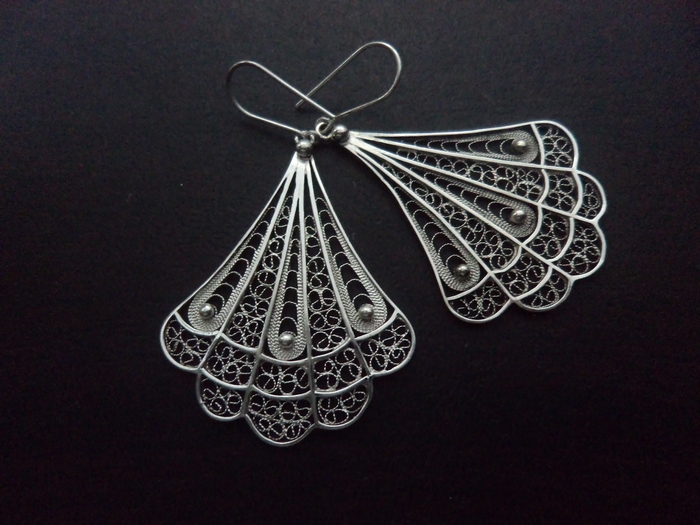Here at Fashion Corner we love to talk about style, diversity and ingenuity. But looking back at our writing, it seems hard to find a dot where these principles connect with the category of jewelry. Jewelry, it seems, hardly overlaps with the usual diversity of fashion. While bracelets and necklaces change their form, the unifying stylistic element remains present without doubt.
It is therefore, that we chose to cover the topic of filigree. Jewelry so unique and captivating, that it will make heads turn in any part of the world.
Also known as filagree or filigrann (filigrene), this type of jewelry is more of an artistic expression. Having to make the analogy, I’ll say that filigree is to jewelry what independent movies are to Hollywood, or maybe contemporary jazz to pop music. Filigree is exciting, novel and artistically sophisticated, while at the same time being elegant and stunning.
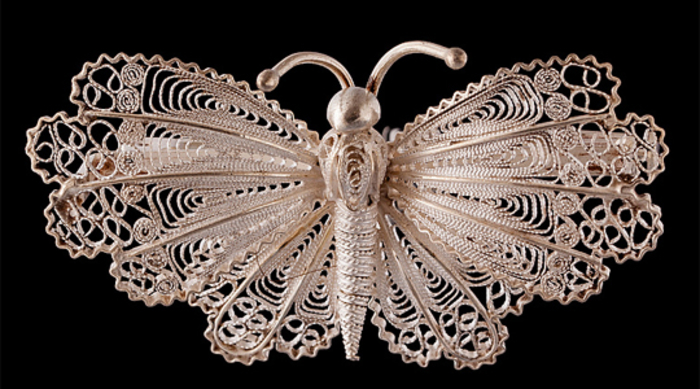
What is filigree?
Describing this art form, we have to go back. Popular from the 17-19th century, filigree spread throughout Italy, Portugal and France. A common type of jewelry for the wealthy and noble, it was recognized by the delicate metalwork and spectacular attention to detail.
Composed of tiny beads or twisted threads (sometimes both), filigree comes in either gold or silver. Metal blends perfectly in textures, different forms and shapes, and lifelike representations of the world around, arranged neatly in artistic motifs. Everything is arranged perfectly on the surface of an object of the same metal, and the end result is pure art.
As the 19th century came to an end, filigree moved south towards the Mediterranean, where it is still actively created in jewelry studios.
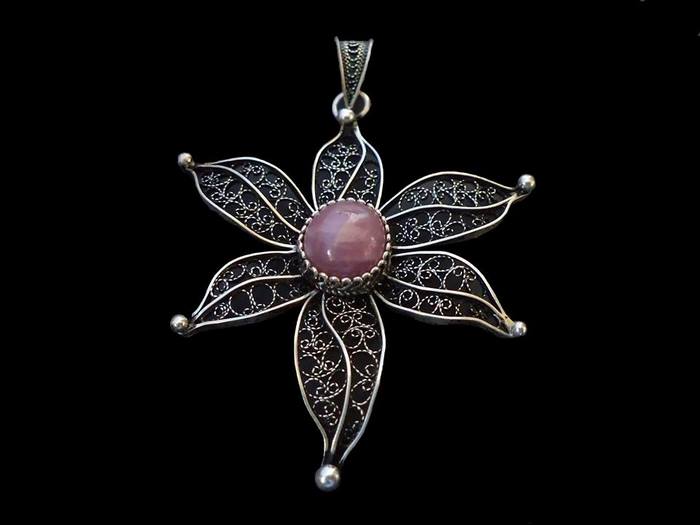
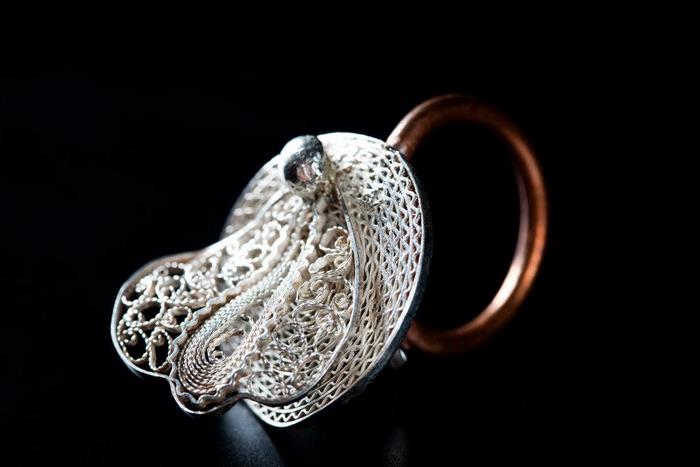
Where to find filigree workshops
Although you can stumble upon a filigree workshop in the US as well, the odds are against you. The hub resides across the other side of the world.
If you happen to have a traveling itch, and enjoy visiting new places, you can definitely shop for filigree and save a significant sum. The road, however, will have to take you to the remote villages of Italy, Malta, Macedonia, and Albania. Greeks too are known for creating beautiful filigrees, but like to work on larger items and art projects.
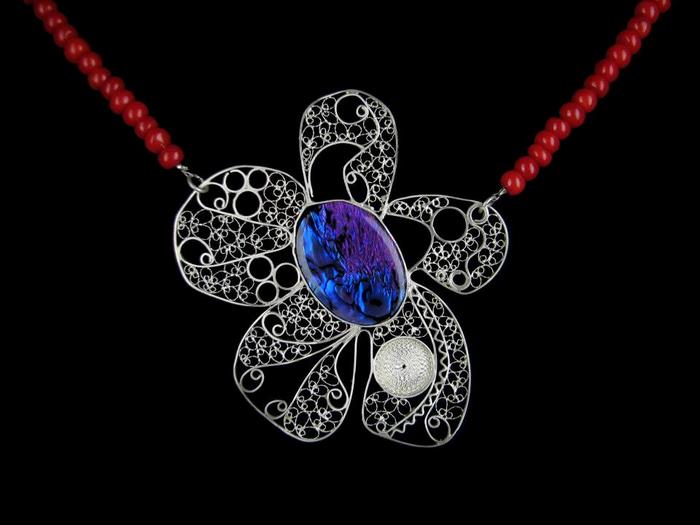
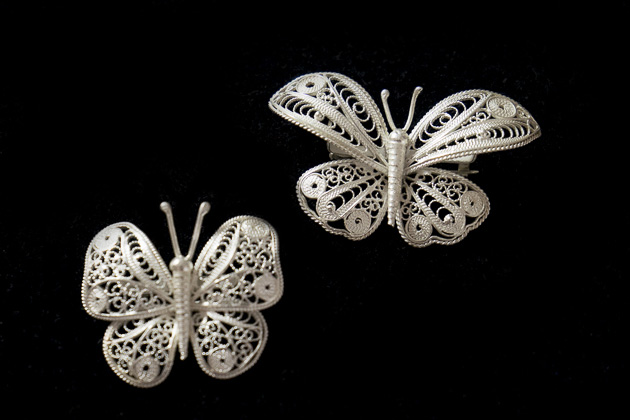
Why is filigree becoming increasingly popular?
Filigree workshops are usually inherited from one generation to another, and the craft of creating this jewelry runs within the family. Tied to historical motifs, local culture and tradition, filigree jewelry will always remain captivating for any westerner.
But that’s one side of the jewel – the other is more contemporary and quite satisfying for enthusiasts of the craft. Namely, filigree artists nowadays have a strong urge to blend the old and new; unite the traditional and modern.
This comes after the success of Etsy stores, where the handicraft industry experienced unprecedented boom. Filigree artists, inspired by such high demand, decided to close the gap between traditional norms and contemporary appeal.
The craft, unsurprisingly, experienced some boost as well. Interest in making the jewelry is at all times high, and many exhibitions are held around the Balkans and the Mediterranean.
If you happen to visit Macedonia, or to be more specific, the capitol city of Skopje, you’ll find filigree workshops with numerous items for exhibit. The same holds true for the town of Ohrid, where jewelry aficionados will without doubt enjoy the blend of culture, nature, food and wine, along with the most prestigious jewelry exhibitions. Visiting the studios is an experience in its own right, and possibly one of the many reasons people are traveling to Macedonia.
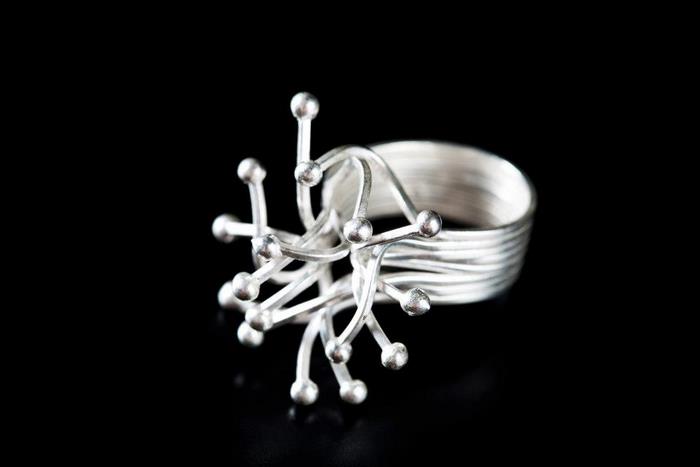
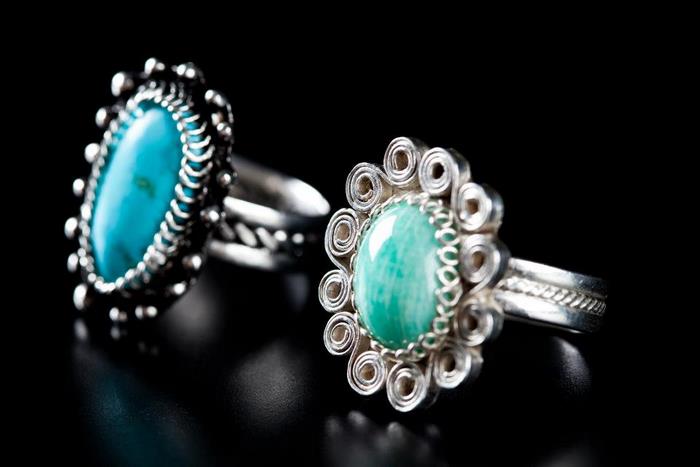
Why you should consider filigree
Filigree is timeless. Not only that it never loses value, but quite the opposite is true – your piece of jewel will likely become more valuable over time. People love labor intensive art expressions, especially when you can showcase them or wear them. Filigree meets both of these criteria.
Crated by twisting threads of silver, using large tweezers, the jewel is sprinkled with adhesive, fired with a blowtorch and cleaned in acid. The process of creating a single earing can range wildly, from an hour to several days regarding on the complexity of the idea.
Which brings me to the next point I’d like to make – buying filigree, you support independent artists instead of large corporate chains. The process of creating each and every jewel is labor intensive, and you’ll always know that what you’re wearing was designed, manufactured, and sold by an independent, highly talented, and skilled craftsman.
If you are the kind of girl who doesn’t enjoy fluffy, shiny and sparkly ornaments, this is the jewel you’ll want to buy. It is casual yet elegant – a perfect choice regardless of whether you are wearing your work wardrobe, or an expensive haute couture.
If you are planning for a gift and want to make an impression with something unique and valuable, which happens to have a story, filigree could fit well. It commands attention with elegance, artistic detail, and artsy appeal. Now you know.

